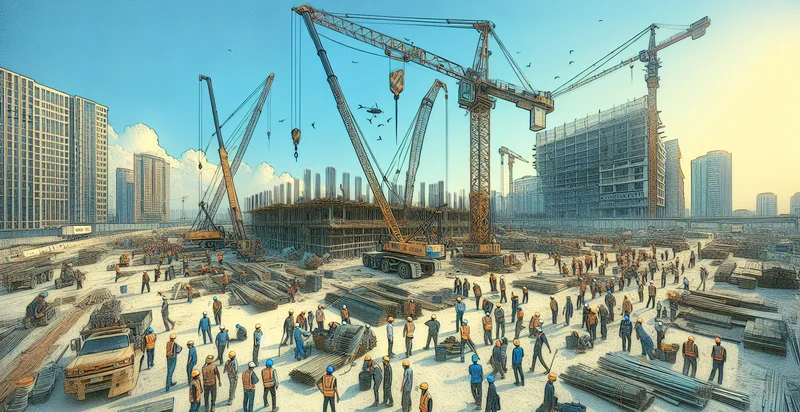Identify presence of cranes
using AI
Below is a free classifier to identify presence of cranes. Just upload your image, and our AI will predict if there are cranes present - in just seconds.

Contact us for API access
Or, use Nyckel to build highly-accurate custom classifiers in just minutes. No PhD required.
Get started
import nyckel
credentials = nyckel.Credentials("YOUR_CLIENT_ID", "YOUR_CLIENT_SECRET")
nyckel.invoke("presence-of-cranes", "your_image_url", credentials)
fetch('https://www.nyckel.com/v1/functions/presence-of-cranes/invoke', {
method: 'POST',
headers: {
'Authorization': 'Bearer ' + 'YOUR_BEARER_TOKEN',
'Content-Type': 'application/json',
},
body: JSON.stringify(
{"data": "your_image_url"}
)
})
.then(response => response.json())
.then(data => console.log(data));
curl -X POST \
-H "Content-Type: application/json" \
-H "Authorization: Bearer YOUR_BEARER_TOKEN" \
-d '{"data": "your_image_url"}' \
https://www.nyckel.com/v1/functions/presence-of-cranes/invoke
How this classifier works
To start, upload your image. Our AI tool will then predict if there are cranes present.
This pretrained image model uses a Nyckel-created dataset and has 2 labels, including Cranes Present and No Cranes.
We'll also show a confidence score (the higher the number, the more confident the AI model is around if there are cranes present).
Whether you're just curious or building presence of cranes detection into your application, we hope our classifier proves helpful.
Related Classifiers
Need to identify presence of cranes at scale?
Get API or Zapier access to this classifier for free. It's perfect for:
- Construction Site Monitoring: This use case involves deploying the 'presence of cranes' identifier on construction sites to automatically monitor ongoing projects. By analyzing real-time images, stakeholders can track progress, ensure safety compliance, and manage resources more effectively.
- Urban Development Planning: City planners can utilize the crane presence identifier to assess construction activity across urban areas. This information aids in making informed decisions about infrastructure development and zoning regulations, as well as providing insights into economic growth within specific regions.
- Environmental Impact Analysis: Environmental agencies can leverage crane presence data to evaluate potential impacts of construction on local ecosystems. By identifying active construction sites, agencies can enforce regulations and monitor compliance with environmental standards.
- Real Estate Market Analysis: Real estate analysts can use the presence of cranes identifier to gauge construction trends and predict market movements. This data can be used to identify emerging neighborhoods, assess housing supply, and inform investment strategies.
- Asset Management for Construction Companies: Construction firms can implement the crane identification feature to manage their fleet and equipment effectively. By determining the exact locations of cranes, companies can optimize logistics, reduce operational downtime, and allocate resources efficiently.
- News and Media Reporting: Media outlets can utilize the crane presence identifier to provide timely and accurate reporting on major construction projects and urban development stories. This enhances the quality of news coverage and keeps the public informed about local changes.
- Insurance Risk Assessment: Insurance companies can apply this technology to assess risk profiles for construction sites. By identifying the presence of cranes, they can evaluate potential liabilities, trends in construction claims, and adjust coverage options accordingly.


